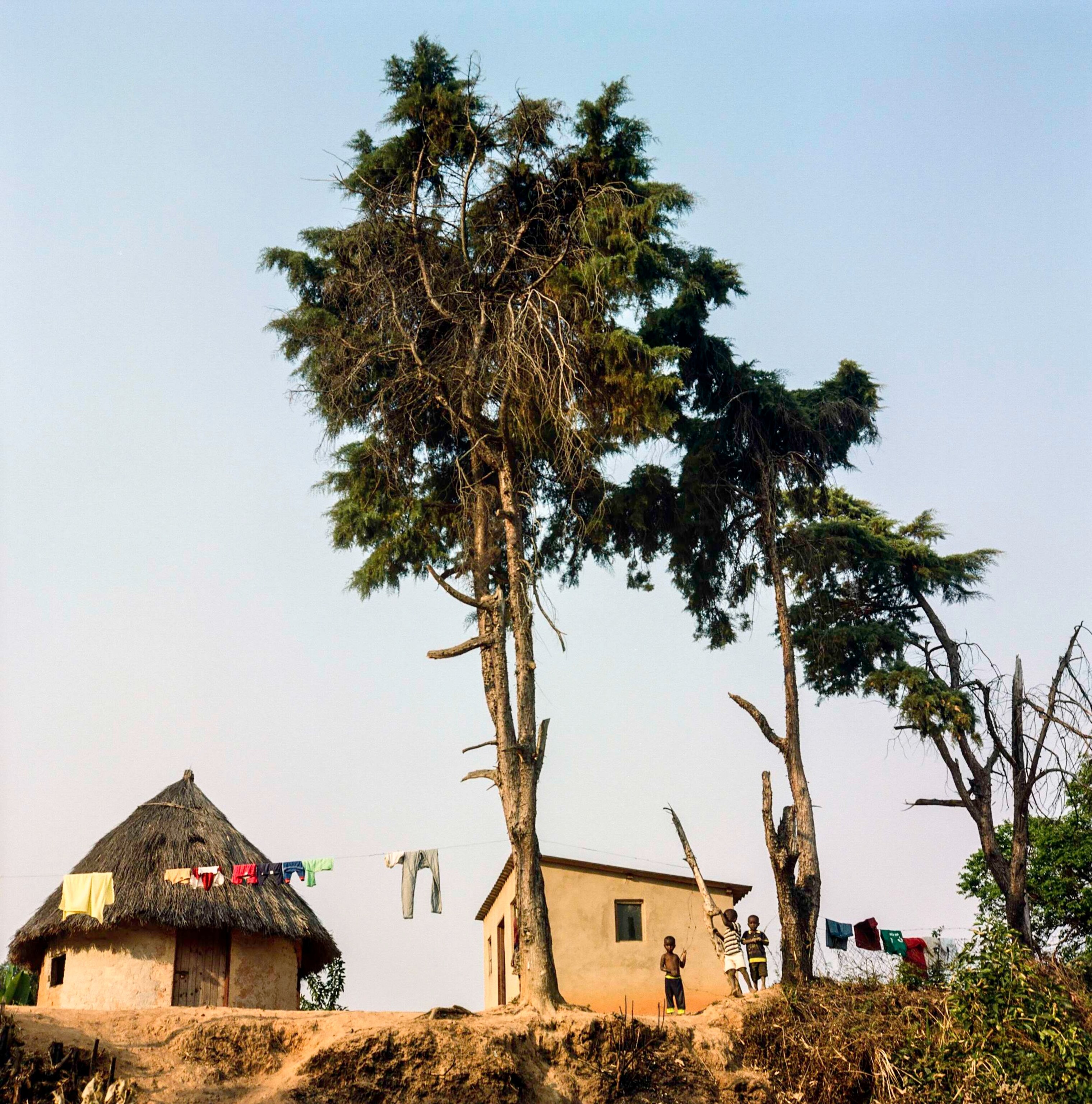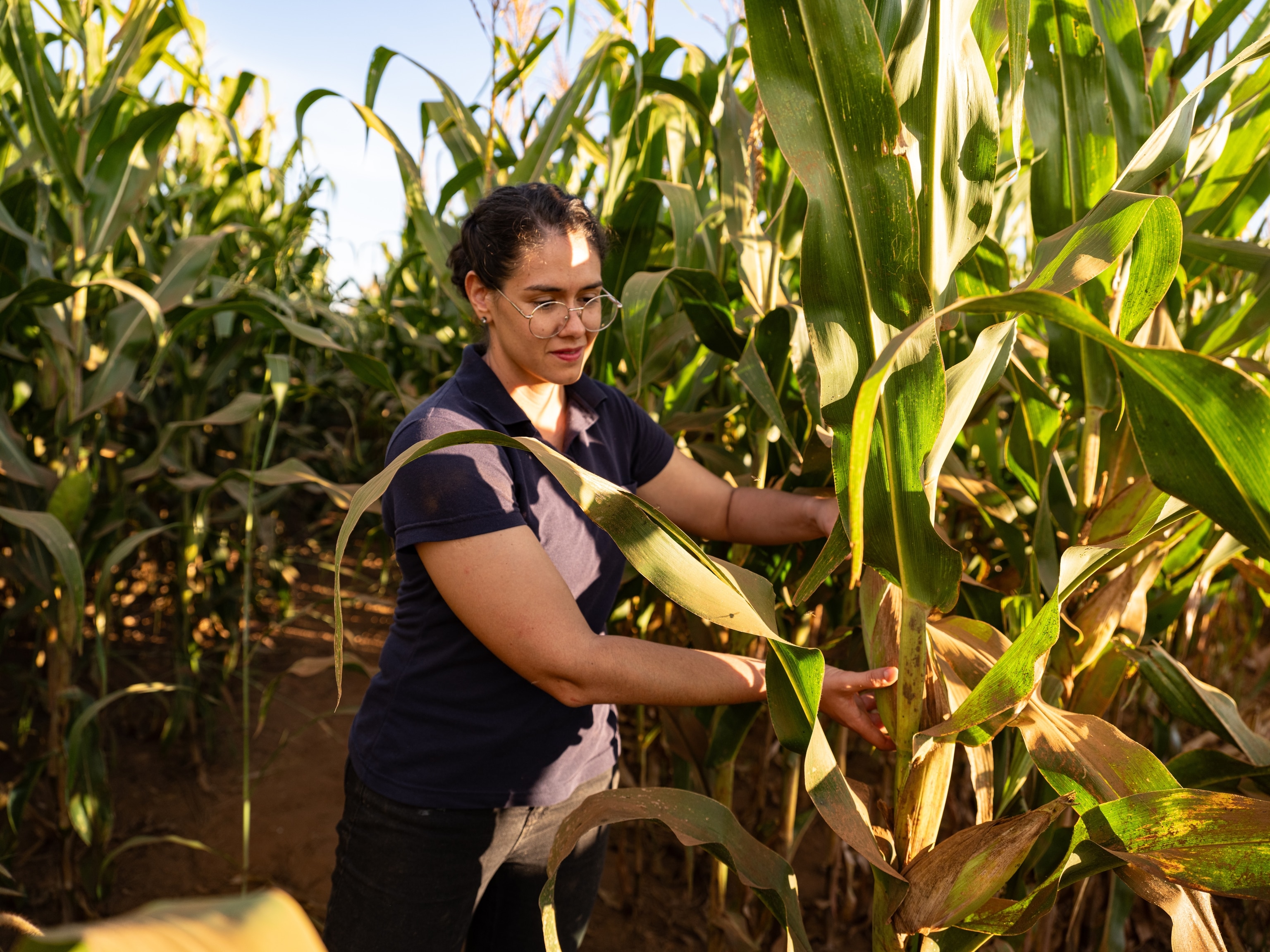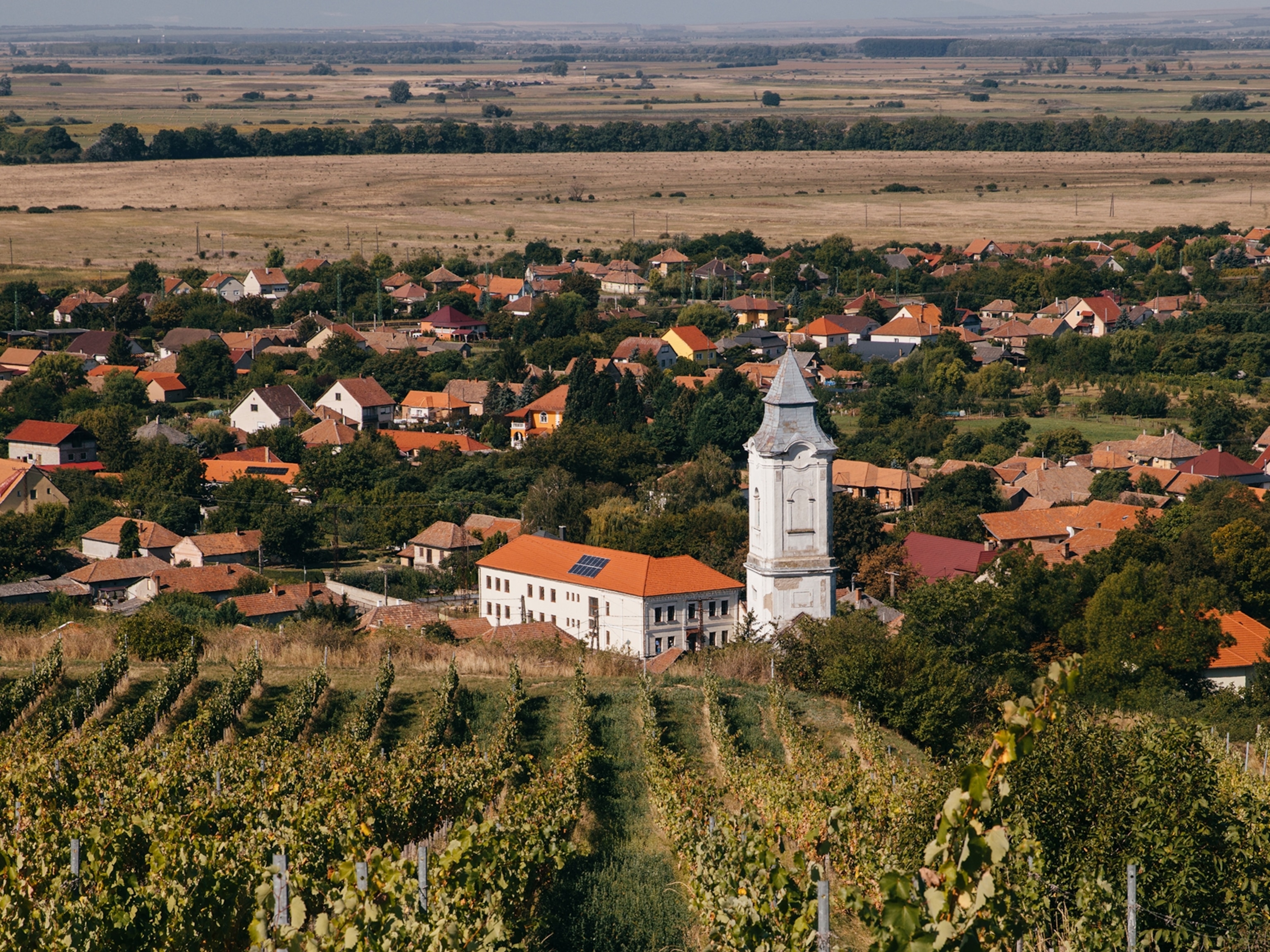Growing coffee for brighter futures in Zimbabwe
With Nespresso’s support, Zimbabwean smallholder farmers are reviving a once thriving coffee industry, and reaping rich rewards.

Sipping on our invigorating morning coffee, few of us consider the hard work that it took to get those beans to our cup. Coffee farming requires careful cultivation of trees season after season. It takes 2.5–3 years for a coffee tree to even start producing, and then nine months from flowering to harvesting the coffee cherries. There’s a lot of knowledge and skill that goes into making high quality coffee, especially to reach the standard required by Nespresso’s AAA Sustainable Quality Program™.
Zimbabwe’s coffee industry is experiencing a resurgence after decades of droughts and economic troubles. Global coffee brand Nespresso has partnered with TechnoServe, an international nonprofit organization, to help revitalize the sector and support and encourage coffee farmers in the country’s Eastern Highlands. Part of their Zimbabwe Reviving Origins program is the AAA Academy, which offers training for farmers on the best coffee agronomy practices and processing techniques.
“Coffee is a perennial crop lasting many years, so it is more difficult to manage than an annual crop. The coffee tree will definitely let you know if you do something wrong,” says Midway Bhunu, TechnoServe’s coffee program manager who oversees implementation of the Reviving Origins program and helped develop the curriculum of the Nespresso’s AAA Academy. “That is why training is so important for coffee farmers—a lot more technical knowledge is required,” he says. “It’s not the kind of crop where you can listen to somebody talk about it on a bus and then go back home and say, ‘Hey, I think I’ll grow coffee.’ ”

The Eastern Highlands of Zimbabwe are well suited for growing arabica coffee. The area has good rainfall (above 800mm/year), rich soil, and cool temperatures provided by its altitude of nearly 4,000 feet above sea level. It’s not idyllic, however. Natural challenges include dry seasons, occasional cyclones, and outbreaks of pests – all of which require technical skills to manage effectively.
The academy helps train farmers in these technical skills, providing hands-on lessons in the field at demonstration plots where the participants can directly see the impact of adopting better practices. The full course offers one training per month for two years—following the coffee-growing calendar—and covers 14 modules, including harvesting and processing, pruning and rejuvenation, and record keeping.
AAA agronomists such as Tafadzwa Nyakuchena lead the demonstrations, going over all the finer points of crop management. “Farmers should scout and control pests and diseases, remove old coffee berries from the trees, process coffee with clean water, do not spray banned chemicals—in fact use spraying as the last resort,” Tafadzwa says. An important element that farmers are learning is soil analysis so they can understand if there’s any nutritional deficit in their soil, and therefore apply the right type and amount of fertilizers. The academy is also teaching them to prune so they can maintain productive trees.
Tafadzwa works with farmers such as Jesca Kangai, an award-winning planter from Pangeti village. In 2015, Jesca was named the second best coffee grower in Mutasa district and fifth in the entire Manicaland province. She’s seen a distinct increase in the quality of her coffee since the Reviving Origins program came to Zimbabwe. “Nespresso is teaching us good coffee farming methods,” she says, “from pruning the shrubs, cutting so it can grow tall, selecting the seeds, cleaning and grading, and milling to get high quality coffee.”

Many of the area’s farmers have benefited from learning more about the post-harvest process from the AAA academy. This includes how to identify and sort ripe cherries, ferment the beans depending on the current outdoor temperature, and especially how to properly soak their beans. “What really helped us is that Nespresso told us to put the green coffee beans in water first” says Zachariah Mukwinya, a farmer from Chavhanga village in Mutasa district. “We then remove the unhealthy beans, which float, and only send to the mill good grade coffee beans.”
Zachariah serves as the focal farmer for his area’s group of planters, organized by the academy to help manage the program and spread information. Along with receiving training with other farmers, he also attends training sessions with his fellow focal farmers, coordinated by TechnoServe and the Coffee Commodity Association, sharing feedback and updates with his group to help them become better farmers. “Now we have deep knowledge,” Mukwinya says, “and the crop is improving.”
Prior to these programs, finding reliable buyers for their coffee was a big challenge for farmers. Now that Nespresso is serving as a major buyer and supporter of Zimbabwe coffee, it’s helping to stabilize the market. This has been a big relief for the farmers, knowing that their beans—and their effort—won’t go to waste. And with TechnoServe and the academy guiding farmers in how to reach the highest quality, their coffee now commands top dollar. “They encouraged us to up our game so that we can earn a better price,” Zachariah says. “I know I can sell my coffee to Nespresso at a very good price, unlike the other buyers who used to buy from us for peanuts.”
The increased funds have improved quality of life for farmers and their families. Jesca can send her five children to school, and bought a cow and goats to help feed her family. Zachariah has plans to enlarge his homestead, improve his farm’s irrigation, and even wants to buy a car.
Coffee farming requires hard work and deep commitment, but for those determined to develop the skills and learn the best techniques, it is paying off. “We are seeing greater confidence and hope among the farmers who are working to improve their coffee in order to boost their families’ incomes and future opportunities,” Midway says. “I see the lives of these farmers changing.”






